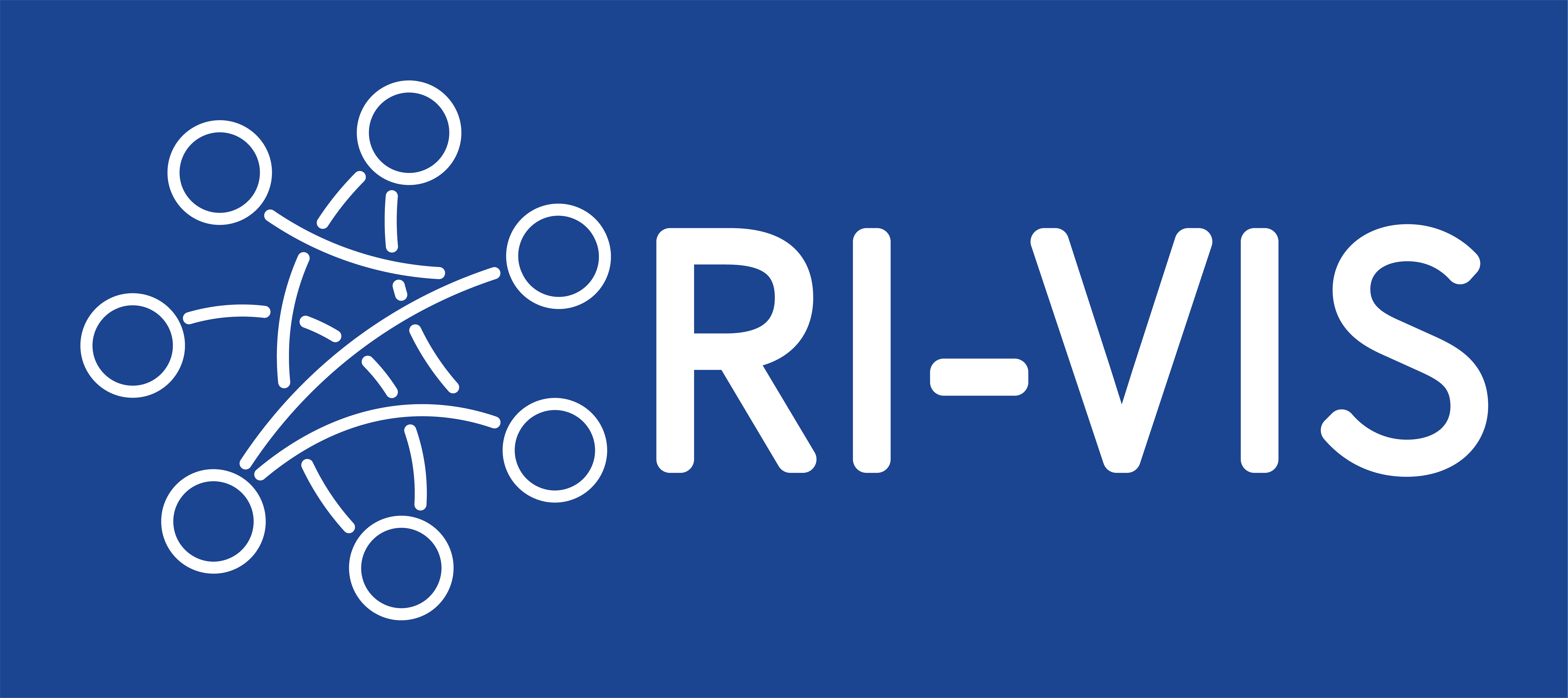
“Structural Biology in Slovenia and Beyond” celebrated the introduction of Slovenia as a Member of Instruct-ERIC, allowing researchers in Slovenia to receive funded access to high-end structural biology technologies across Europe.
Opened by Marjetka Podobnik (Slovenia National Institute of Chemistry), the symposium was a fusion of existing Instruct researchers with the structural biology community in Slovenia. The representatives to Instruct from Slovenia were presented with a certification of their membership to Instruct-ERIC.
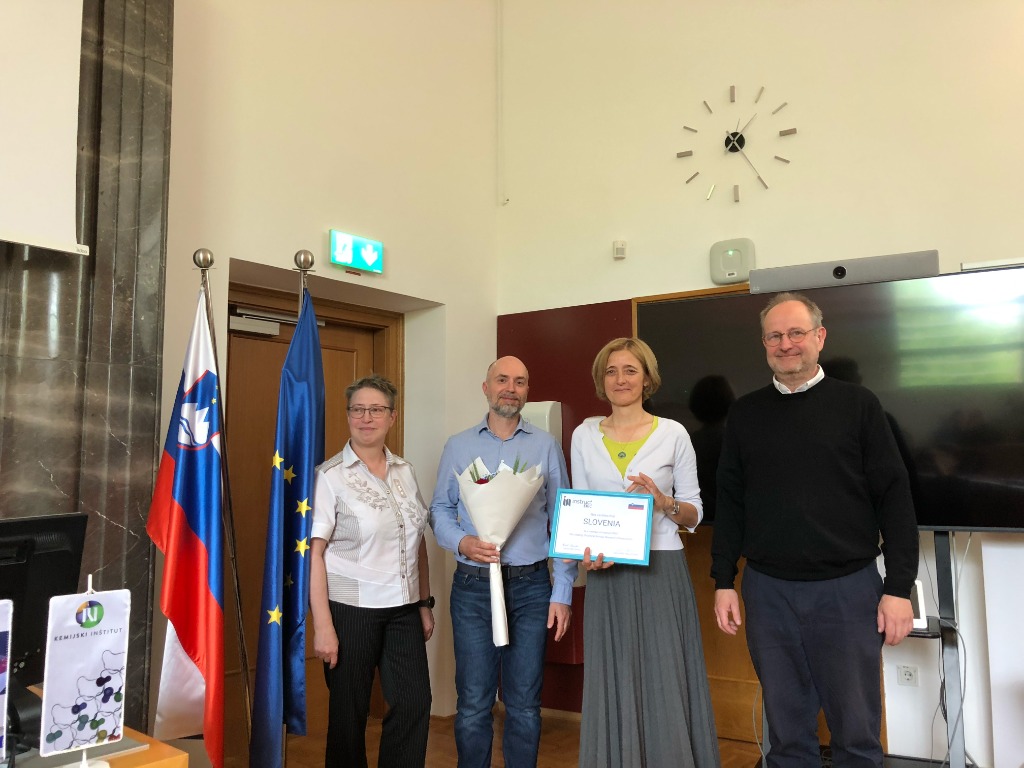
Left to right: Sarah Butcher (University of Helsinki, Chair of Instruct Council), Miha Pavšič (University of Ljubljana), Marjetka Podobnik (Kemijski Institut), Harald Schwalbe (Goethe University, Instruct-ERIC Director)
The Instruct-Hub was represented by Claudia Alén Amaro, Head of Operations, who introduced the opportunities available to researchers in Slovenia through Instruct, from the wide-ranging catalogue of services, as well as training courses, internship opportunities for early career researchers, plus R&D funding. The Instruct-Hub manages all access and administrative efforts of Instruct, if you have any questions regarding Instruct services contact support@instruct-eric.org.
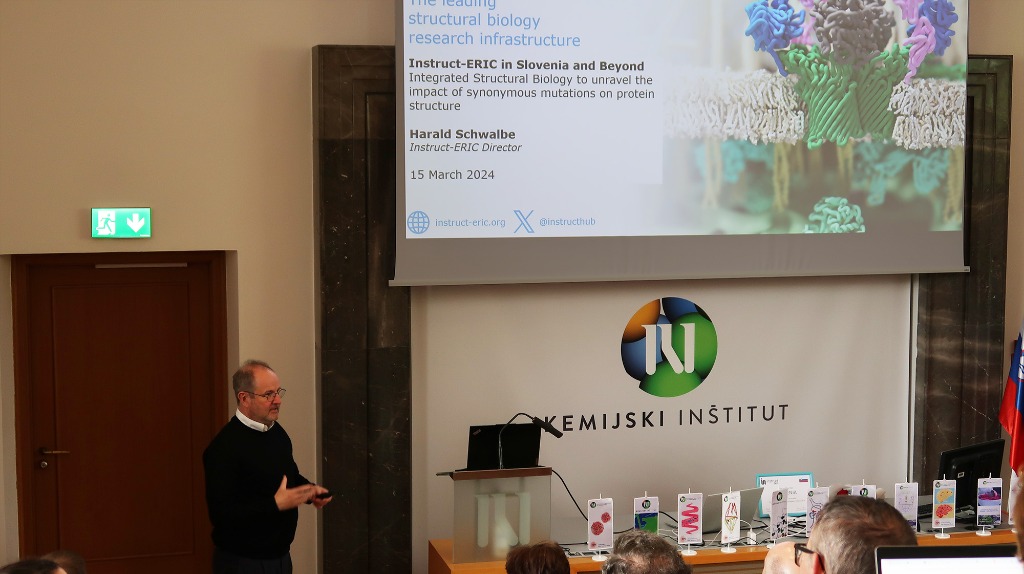
Harald Schwalbe presenting "Integrated Structural Biology to unravel the impact of synonymous mutations on protein structure".
Instruct Director Harald Schwalbe outlined how the use of NMR, particularly utilising the technology and expertise available at Instruct facilities, can unlock our understanding of the impact of mutations on protein structure. NMR services are available at several Instruct centres, including at CERM/CIRMMP in Florence, Italy. Lucia Banci, Head of Instruct-IT, described the power of in-cell NMR to cellular structural biology – the 1.2 GhZ NMR machine at the University of Florence is a perfect example, and is available to all researchers in Instruct member countries or organisations.

Lucia Banci presenting in-cell NMR in cellular structural biology.
Jiří Nováček of CEITEC, Instruct-CZ, gave their talk, “Structural snapshots of the glucose metabolism revealed by in vitro and in situ cryo-electron microscopy”. Cryo-EM is one of the three flagship technologies of Instruct, alongside NMR and also X-Ray crystallography – its use to understand insulin crystallinity in beta-cells is the crux of the work performed by Jiří in their lab. CEITEC is one of the many facilities that offers high-end Cryo-EM services to structural biology researchers – find out more about CEITEC here.
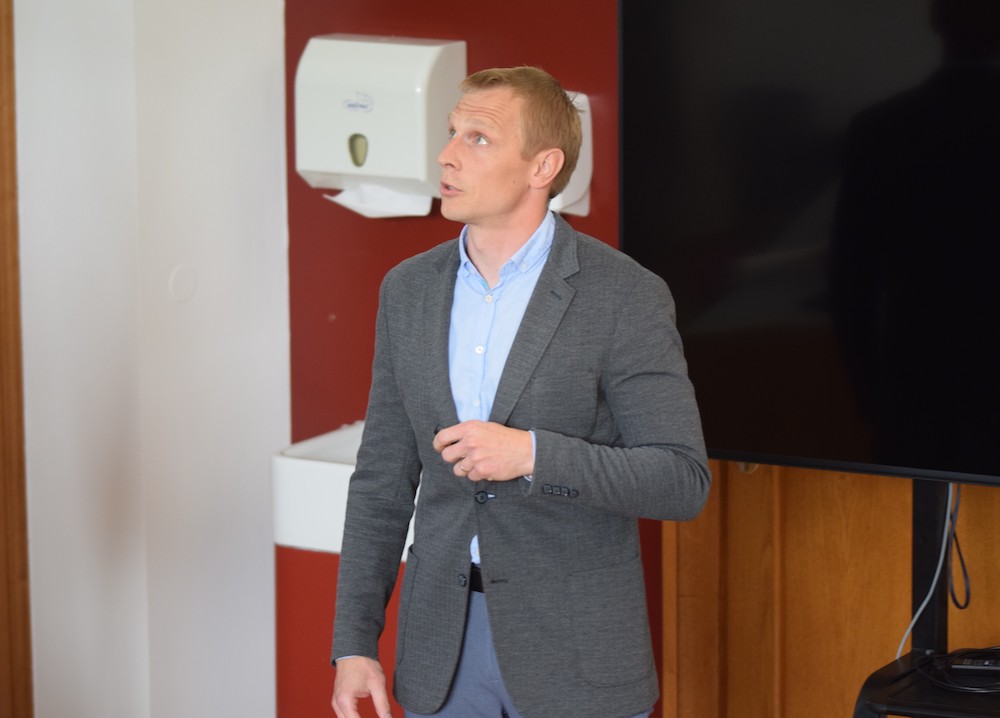
Jiří Nováček demonstrating how Cryo-EM reveals detailed functionality of glucose metabolism.
The audience was then treated to a series of presentations by some of the leading lights in the Slovenian structural biology community.
Martina Lenarčič Živković of the Slovenian NMR Centre provided another insight into the potential and power of NMR, describing its use in studying cation dependency of DNA quadruplex structures. Their talk was followed by Jošt Hočevar of the University of Ljubljana, who provided a structural insight into crosslinking in α-actinins, with a specific focus on calcium-sensitive non-muscle α-actinins, and their calcium regulation.
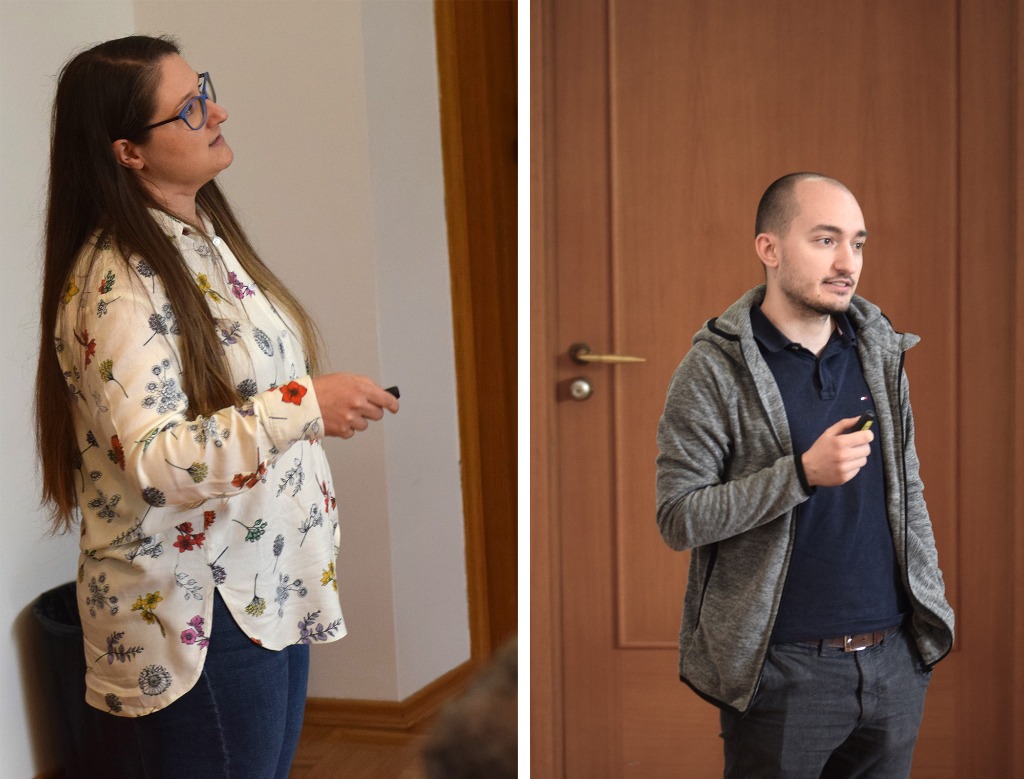
Martina Lenarčič Živković and Jošt Hočevar
Neža Koritnik of the Kemijski Inštitut gave the first talk on Cryo-EM of the Slovenian researchers, demonstrating its use in understanding the structural flexibility of potyviral coat proteins. Another talk on Cryo-EM came from Sara Vidmar (also of the Kemijski Inštitut), with a focus on modular protein nanostructures, and how they can be used as markers from Cryo-EM studies.
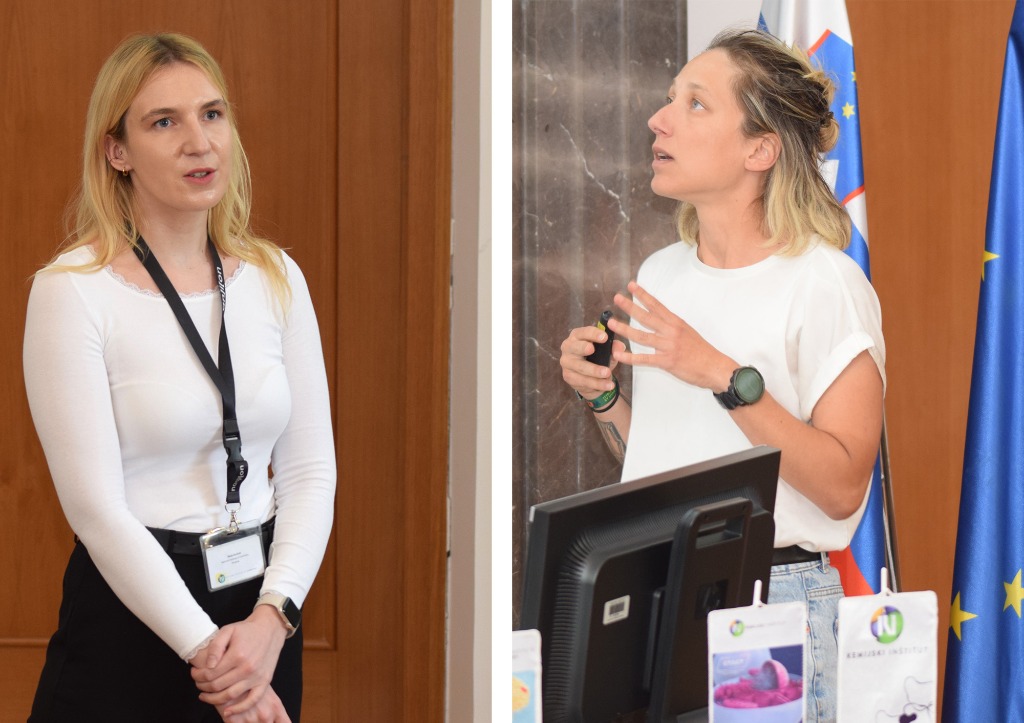
Neža Koritnik and Sara Vidmar
A series of structural studies were also presented in the second session, from Ajasja Ljubetič (Kemijski Inštitut), who described the characterisation of a protein walker system; from Gašper Šolinc (Kemijski Inštitut) who outlined the interaction and relationship between pore-forming proteins in and actinoporins in distant cnidarians using Cryo-EM; and the final talk came from Nataša Lindič of the Jožef Stefan Institut, providing structural insight into the synthesis of cell wall polysaccharides in gram-positive bacteria, specifically Clostridioides difficile.
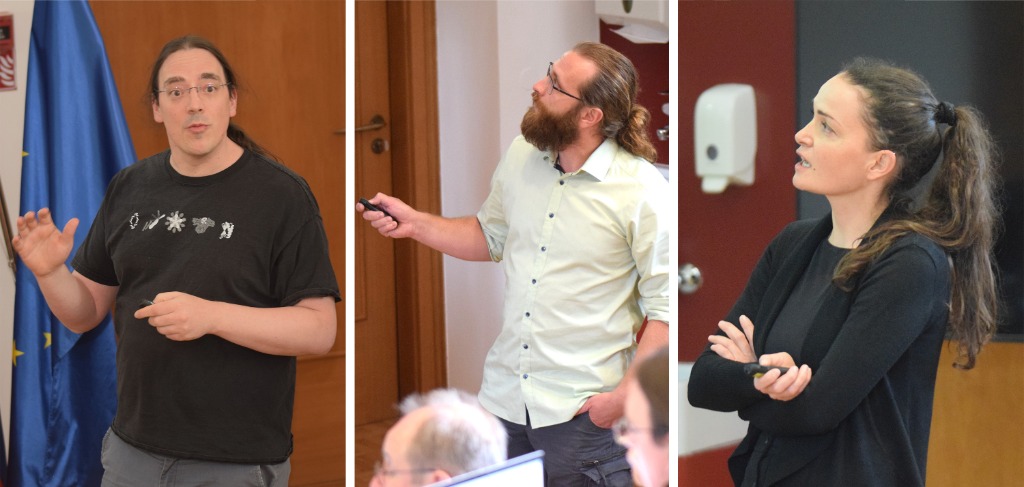
Ajasja Ljubetič, Gašper Šolinc, and Nataša Lindič
In a fantastic conference, the audience from all sides got to see both the power of Instruct and the experience available at its centres, plus the expertise of the structural biology community in Slovenia. Thank you to everyone who helped to make the symposium possible, particularly Marjetka Podobnik who was instrumental in brining both sides together for the conference. Instruct is proud to have Slovenia as a member and hopes to have a long and productive future together.